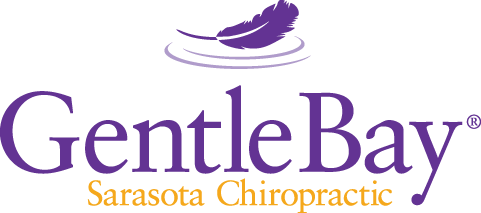by Dr. Er ic Winder (as published in the January 2019 issue of Natural Awakenings, Sarasota/Manatee/Charlotte edition)
ic Winder (as published in the January 2019 issue of Natural Awakenings, Sarasota/Manatee/Charlotte edition)
The neurosurgeon Karl Lewit is well-known in my profession for saying, “He who treats the site of pain is lost.” He left surgical practice to study manual therapies, and he found that a person’s pain is often caused at a different part of the body than where it is felt. For example, a lower back problem can cause sciatica in a leg, or hip arthritis can cause pain in the knee. Similarly, the neck can make your head hurt. In this last case, head pain caused by the neck is called a cervicogenic headache.
Potentially as severe as migraines, cervicogenic headaches can be triggered by problems in many different parts of the neck. While a Google search will quickly reveal this kind of pain can come from joints, ligaments, muscles and other soft tissue in the neck, all of these tissues have one factor in common—fascia. This fibrous connective tissue surrounds, or even runs through, almost every part of the body. Fascia is like the structural fabric of the body, and in the neck, it is filled with millions of nerve endings. Fascia restriction in different parts of the neck can potentially trigger intense headaches.
Getting Relief
This kind of pain is common. In the last few months, I’ve had several patients come in with cervicogenic headache symptoms. Each of them experienced headaches at least two or more times per week, typically lasting for hours. One of the patients, whom I will call George, developed a headache late every morning which lingered for the rest of the day—every single day. This was making it difficult for him to tolerate reading a book or using his computer, and it affected his ability to concentrate on mental tasks.
George actually came into our clinic for lower back pain treatment, as he felt that was a more pressing issue for him at the time. Because we achieve our best results when we treat the whole framework of the body, assessing his neck for possible problems was part of a complete exam. He had significant restriction in the fascia of some specific neck muscles and two of his spinal joints in his neck. When his treatment began, therapy to release the fascial restriction in his neck was included.
While George’s lower back pain was responding to treatment, he was also thrilled to find that his headaches responded even more quickly. Within three visits, his headaches were occurring only one to two times per week. They have continued to improve, and as of this writing, he has not experienced a headache at all in the past three weeks. How did releasing fascia restriction help his neck? When fascia is restricted, it can trigger muscle imbalances and joint stress which cause pain. Releasing the restrictions can offer great relief to the painful areas.
With or Without Neck Pain
The term cervicogenic headache means the pain is coming from the neck. However, this doesn’t mean there is pain in the neck itself. There might be no neck pain at all. On the other hand, it is not unusual for people to have neck pain combined with head pain. In fact, many patients feel discomfort in their necks before a headache actually starts. One aspect that is consistent though is the pattern of pain which tends to be the same for these types of headaches. While a migraine can switch sides of the head, a cervicogenic headache tends to have the same pattern each time—whether the pain is on both sides of the head or just one.
There can be other causes of cervicogenic headaches than restricted fascia such as whiplash, tumors or repetitive stress (think: holding a phone to your head with your shoulder). However, I find that stiffness or distortion in the fascia of muscle, bone or tissue in the neck to be the most common cause. Fascia restriction responds to safe and gentle treatment, and most of my patients with this type of headache respond quickly to treatment.
You are invited to attend an evening program on January 30, where you can learn in-depth about fascia, why it is important, and how to solve fascia problems when they create pain or problems like headaches. Dr. Eric Winder will discuss case examples, provide a treatment demonstration and hold a Q&A session following the presentation. Attendees are invited to arrive at 6:45 p.m. for refreshments, and the program itself will take place from 7–8 p.m. This free event is located at 3131 S Tamiami Trail, #102, Sarasota. To RSVP, call 941-957-8390.



